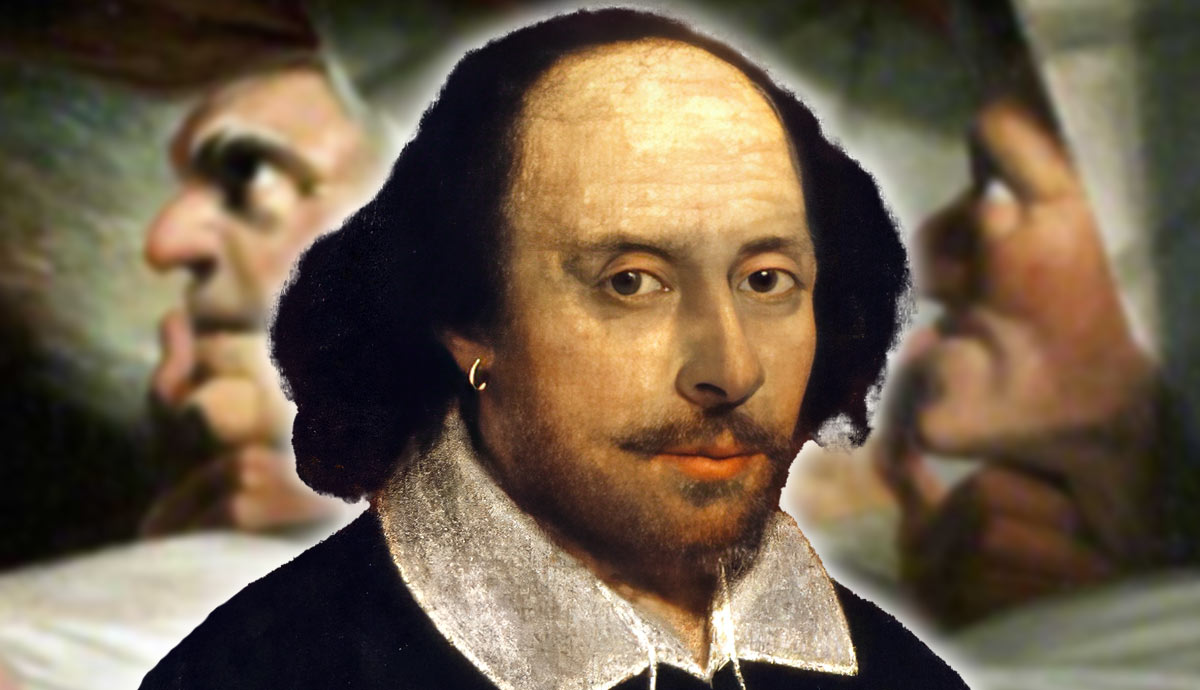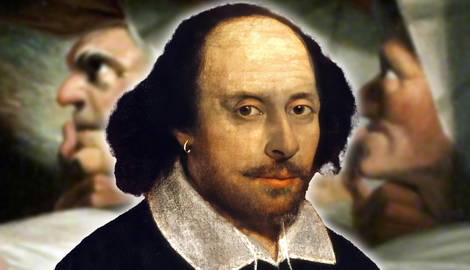
Although known as the spirit of his age and a playwright that captures the human condition, Shakespeare’s works are also peppered with references to the supernatural. In some instances, supernatural characters play a crucial role in the plot and interact with the famous human cast. Sometimes functioning as a humorous sub plot; at other times a terrifying harbinger from the afterlife: Shakespeare’s fascination with the supernatural runs through his works in often surprising ways.
What Role Did Witches Play in the Work of Shakespeare?

Macbeth’s three wyrd sisters are perhaps the Shakespearean supernatural creatures most rooted in reality in that several passages in the play are taken directly from the records of witch trials at the time. The original audience may have felt true horror to hear Shakespeare’s witches recite spells and curses such as the famous “Double, double, toil and trouble!” However, their physical description is far from the Halloween witches we’d recognize today.
They are described as ‘not like the inhabitants of the earth’ and vanish – literally – into thin air. Another notable example of a witch can be found in Shakespeare’s late play The Tempest. In this work Caliban’s mother, Sycorax, is never seen but referred to as a witch so powerful she could “control the moon”. In both works, Shakespeare presents witches as a serious, metaphysical force over brining malevolence and harm to the human characters of the play.
How Did Fairies Appear in Shakespeare Plays?

Oberon and Titania reign supreme as king and queen of the fairies in ‘A Midsummer Night’s Dream’. But alongside them are a cast of fabulously named fairies (Moth, Mustardseed, Cobweb and Peaseblossom) and a puck or Robin Goodfellow. All of these have varied roots in English folklore. They are intrinsically linked to the natural world as demonstrated by Titania and Oberon’s feud bringing climate chaos to the humans: flooding, storms and even famines are attributed to the disorder caused by the fairy monarchs’ fighting.
As a more lighthearted counterpart, Puck (or Robin Goodfellow) who can be traced back to the puca in Celtic mythology, describes the more minor mischief he brings to the human world such as pranking women, souring milk and ‘mislaying’ objects.
Which Shakespeare Works Featured Ghosts?

Serving various functions, ghosts appear predominantly to give warnings, predictions and even requests. Julius Caesar, Macbeth, Hamlet, Richard III all feature ghosts as an integral part of their plots. Hamlet opens with the ominous line “Who’s there?” in response to a visitation from Hamlet’s father in ghost form. The ghosts are always presented in their human form and recognizable to those who see them.
Interestingly, they are all avenging sprits either beseeching others to revenge their murders (Hamlet) or appearing to their murderers directly (Richard III, Macbeth, Julius Caesar). Historically these are interesting symbols of a blended Christian faith and seem to represent the idea of purgatory. The ghosts being unable to rest while they have ‘unfinished business’ on Earth.
How Did Spirits Materialize in Shakespeare Plays?

Shakespeare’s use of the supernatural often takes a more ambiguous form. Simply referred to as ‘visions’ in Macbeth, elsewhere termed ‘spirits’, these characters seem to function as a psychological extension of more human characters or hallucinations depending on the interpretation.
In ‘The Tempest’, Ariel an enslaved spirit is not easily categorized and has been performed as a delicate fairy, a ghostly apparition even in hologram and AI form. In the play, Prospero mainly refers to his aide as a ‘spirit’. Shakespeare may have been inspired by Renaissance beliefs about demons as serving human masters.
Elsewhere, in Macbeth, the visions of Banquo’s descendants and various children and babies may be read as a manifestation of Macbeth’s guilt. These spirits offer a unique challenge to directors of these plays.
Did Monsters Feature in the Work of Shakespeare?

Other than Bottom as a donkey headed magical creation in ‘A Midsummer Night’s Dream’, the other famous example of a ‘monster’ is Caliban; the second creature from ‘The Tempest’ to appear in this list. Caliban is a complex (and problematic) creation. He is the only native character on the island, complaining bitterly that before Prospero’s arrival he had been ‘king’.
He is the son of Sycorax the witch and often calls upon her spells to ‘curse’ Prospero for taking his home. The cruel treatment of Caliban as an enslaved being has led to scholars often interpreting his character as a representative of native people in colonized lands across the globe.










